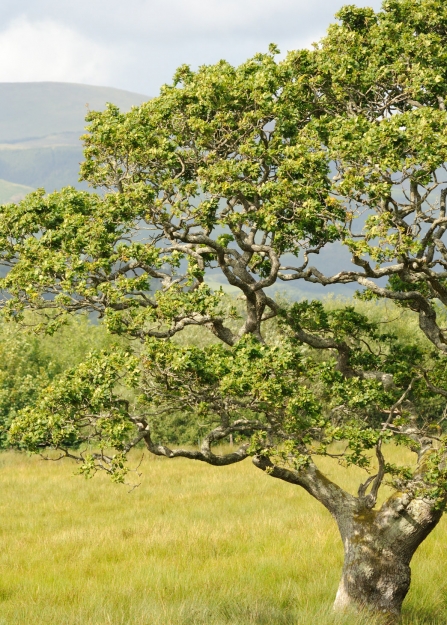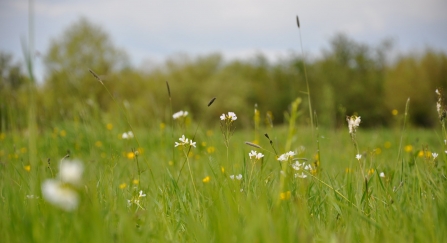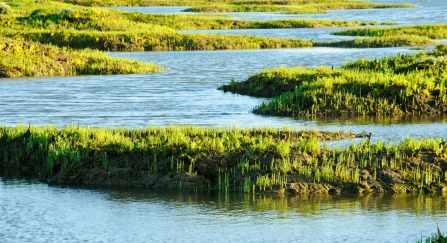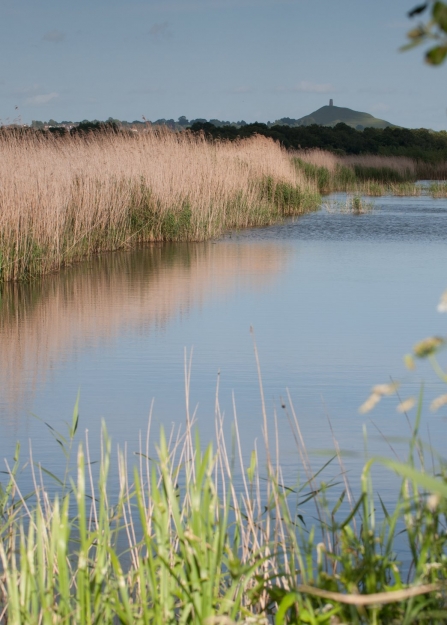The climate crisis now regularly makes the headlines, and rightly so. But there’s another crisis – inextricably linked – hiding too often unnoticed in its shadow: the massive, ongoing loss of nature. In the UK, 41% of species have declined since 1970 and one in seven are now threatened with extinction. The climate emergency has terrible ramifications for wildlife, but the loss of wildlife and wild places also makes the climate crisis worse.
Healthy natural habitats can store huge amounts of carbon, taking it out of the atmosphere and locking it away in soils and plant matter, sometimes for thousands of years. But many of our wild places are damaged, fragmented and threatened with further destruction. As these habitats are lost, carbon is released. To tackle the climate emergency, we need to protect and restore our wild places.





